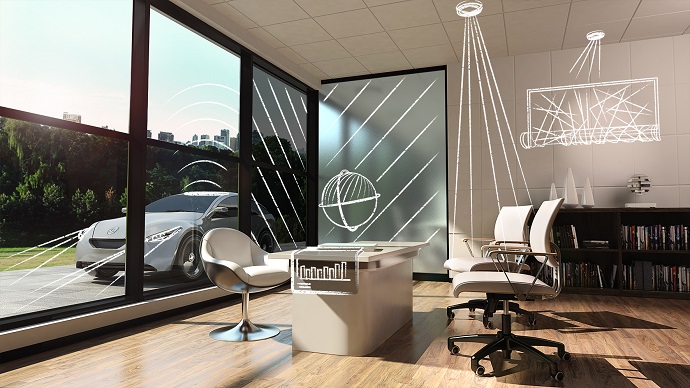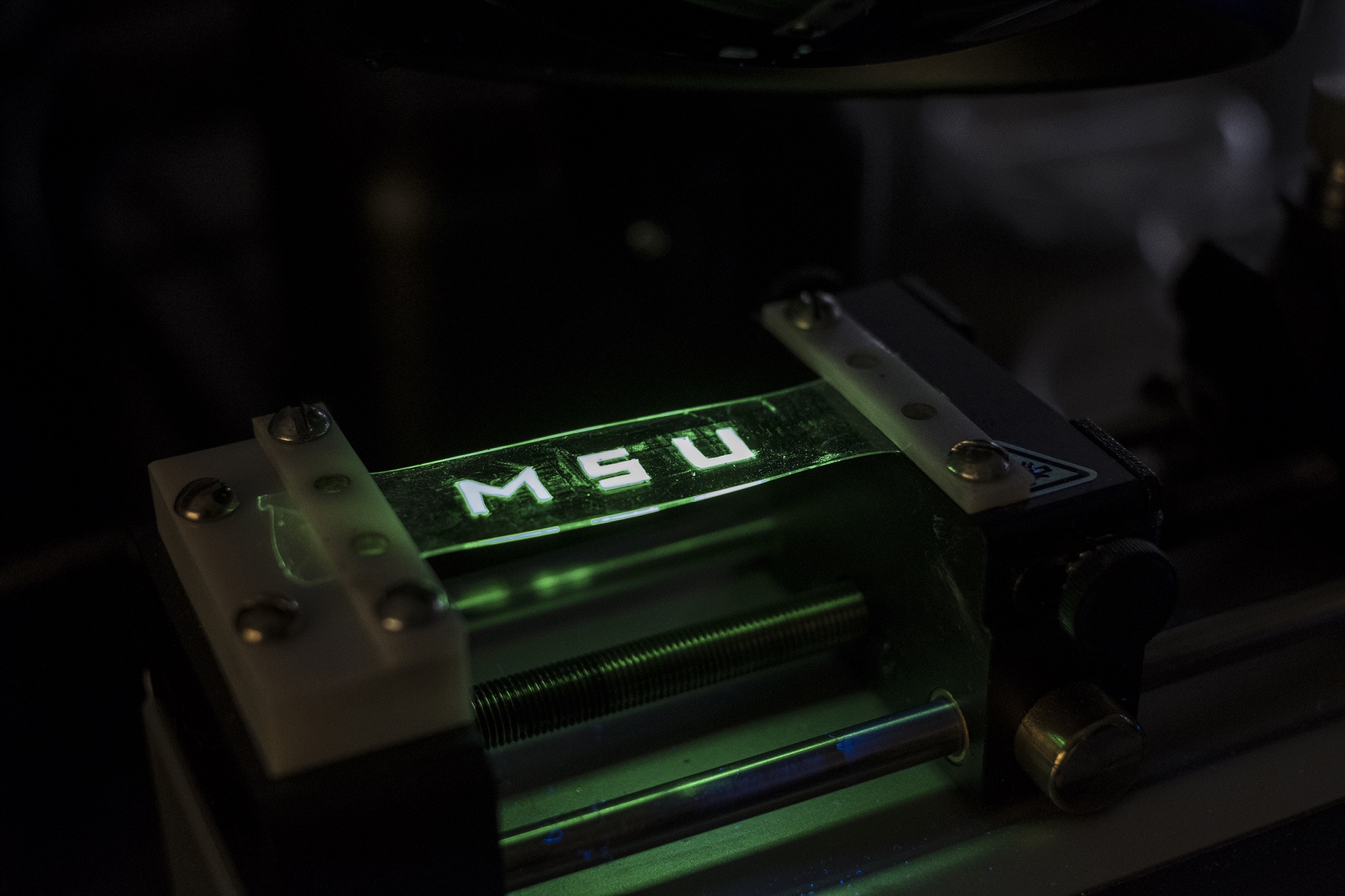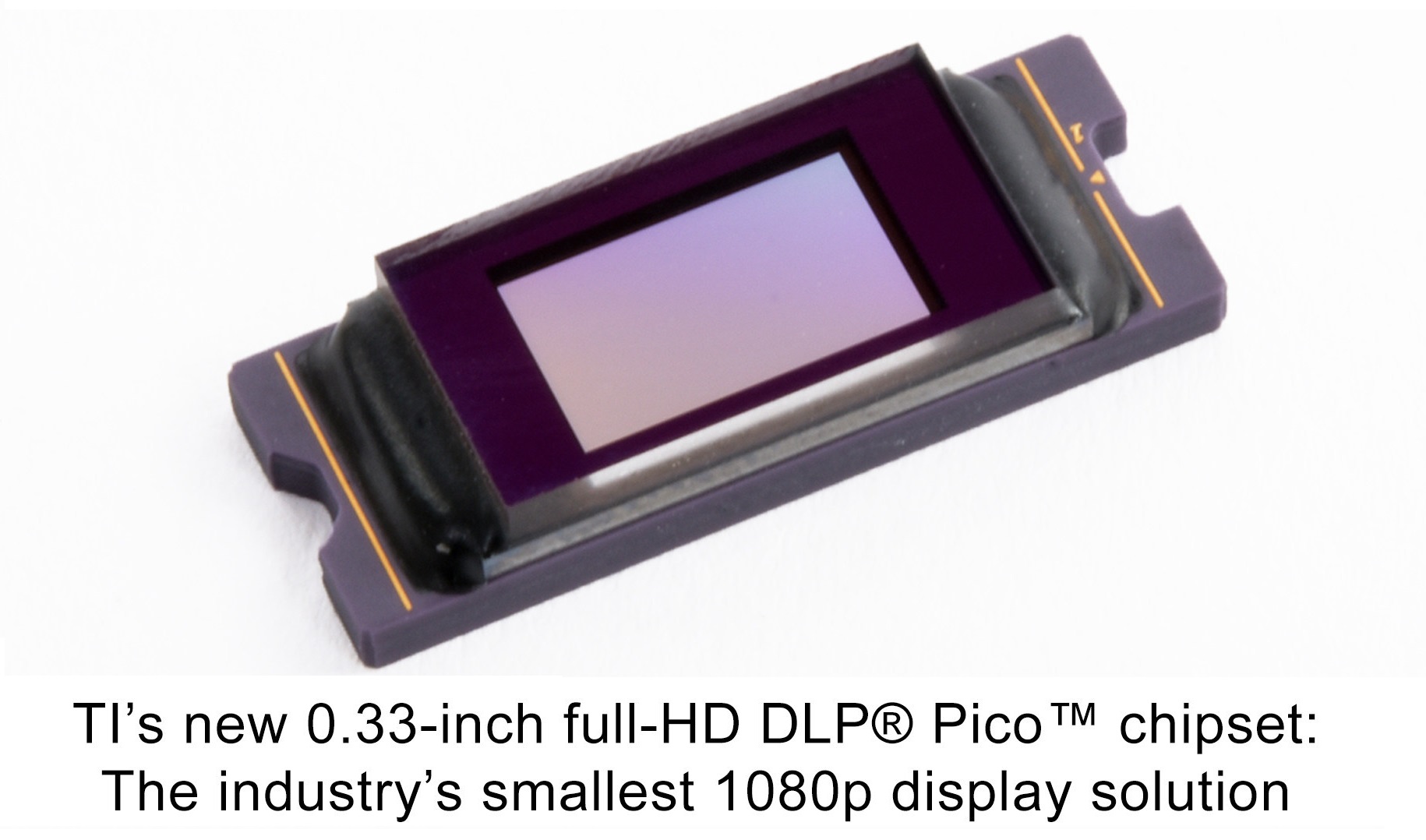Darmstadt, Germany, May 4, 2016 – Merck, a leading science and technology company, will showcase its comprehensive portfolio at the SID Display Week 2016 by presenting a wide range of future-oriented materials. United by the slogan “The Perfect Pixel”, these materials make displays with higher resolution, sharper contrast, greater energy efficiency and higher color intensity possible, and they also help to lower manufacturing costs.
“We are pleased to present new materials not only for present-day applications, but also for visionary, new technological scenarios,” said Inese Lowenstein, Head of the Display Materials business unit of Merck. “For example, the SA-VA technology under development by Merck is targeting the trend toward further simplified production processes that can also reduce overall display production costs while delivering new display design and performance advantages. Our LC 2021 initiative is focusing on flexible, robust, free-form and lightweight displays enabling new user experiences and further design options.”
LC materials for the highest demands
The award-winning energy-saving ultra-brightness fringe field switching technology (UB-FFS) has very quickly established itself in the market under the licristal brand – especially for smartphones and tablets. UB-FFS supports the trend toward increasingly higher resolution in conjunction with optimized light transmission and optimized outdoor readability. Because UB-FFS makes better use of backlighting, it allows slimmer displays. Currently, the technology is being further refined for non-mobile applications, such as for slim LCD televisions with extremely high resolution and reduced energy consumption. Merck has made remarkable progress with other innovative technologies. The SA-VA technology currently under development provides performance and design benefits while simplifying the manufacturing process for displays. This reduces production costs while maintaining compatibility with the PS-VA process. In addition to SA-VA, Merck is developing another generation of materials suitable for TFT applications. Blue Phase technology has the potential to simplify the manufacture of LC displays since it does not require any orientation layers. It reduces switching times and improves contrast and color values with minimum viewing angle dependency. Like Blue Phase, Uniform Lying Helix (ULH) has the potential to support Field Sequential Color driving. It enables higher light transmission, faster switching across all grayscales and superb viewing angles.
OLED materials: increasingly popular for displays and lighting
Organic light-emitting diodes (OLED) are already an integral part of modern smartphones and wearables, such as smartwatches. OLED televisions are impressive with their lifelike image reproduction and sharp contrast. The transparent or rollable OLED displays being developed demonstrate potential for the future. When used for lighting, OLEDs create a special experience that resembles natural light. The light panels emit diffuse light, are thin and lightweight and can even be curved like a sheet of paper, thus opening up a wide variety of design possibilities. The first automakers are using OLED taillights and setting accents in design and safety. Under the livilux brand name, Merck offers products for electron and hole transport, matrix materials, emitters for evaporation processes and OLED inks for printing processes. Merck is strengthening its market position with research, development and investments. A new OLED production unit is scheduled to start operating in summer 2016. At over € 30 million, the project is one of the largest single investments at the Darmstadt site in recent years.
Reactive mesogens performing well: new +C compensation films
A perfect black state is necessary to achieve high contrast values in displays despite various viewing angles. The licrivue brand +C compensation films based on reactive mesogens produce this state. They can be used to manufacture optical films that allow excellent contrast regardless of the viewing angle. They are applied in both LC and OLED displays – especially in technically sophisticated smartphones and tablets.
All materials from a single source
Merck offers a broad portfolio for display manufacturers. Highly developed photoresists simplify the production of thin-film transistors of LC and OLED displays. They structure the surface – often in several layers – without prolonging the machine cycle times. The offering is augmented with silicon-based materials. Polysiloxanes have excellent planarization and electrical insulation properties that improve light transmission. High-quality phosphors of the isiphor brand are used for the backlighting of liquid crystal displays.
Liquid crystals: broad range of future applications
With its strategic initiative known as “LC 2021”, Merck is opening new fields of application for liquid crystals. One objective is to develop materials for displays with new properties. At the top of the list is the trend toward free-form displays, which are expanding the display market and making new fields of application possible. Flexibly shaped displays can be better adapted to various spaces. Very thin glass or even plastics can be used, resulting in lighter and more robust free-form displays. Good results are achieved here thanks to Merck’s polymer wall technology, which can also be used for large-area display applications. The first prototypes show automotive displays with multiple bends, which can be harmoniously integrated into the design. Other development activities are focused on holographic displays.
A second objective of the LC 2021 initiative deals with how liquid crystals can be used for completely new applications beyond displays. The energy-saving liquid crystal window (LCW) technology ensures that windows can be switched continuously from light to dark and vice versa in just seconds, thus controlling the amount of light and heat entering glass-enclosed rooms. In addition to the fast switching process, these windows feature a high level of color neutrality in comparison with competing technologies. This results in new prospects for the architectural design of windows and facades, and the LCW technology can also be used for sunroofs in cars. As a leading materials supplier, Merck is developing this technology, to be marketed under the licrivision brand, together with partners from the glass, window and facade industry. The first pilot installation – with around 100 square meters of liquid crystal windows in the modular Innovation Center in Darmstadt – has attracted many visitors since mid-2015. The plans for the new OLED production unit currently being built at the Darmstadt site also call for liquid crystal windows. Good progress is being made with the development of smart antennas for mobile data transmission that use liquid crystal technology. Field tests have confirmed the antennas’ potential: A good Internet connection via satellite is possible while users are on the move. Another application is LC-based light guidance systems for architecture and the automotive industry.
For discoverers: Displaying Futures Award honors new ideas
Merck will introduce its newly established Displaying Futures Award to a wider audience for the first time at the SID. The award worth US$ 50,000 is targeted to doctoral students, professors and start-up companies. The topic of the year for 2016 is new applications for liquid crystals. The three winning teams will not only receive the prize money, but will also be supervised by Merck experts for one year. Depending on the teams’ individual needs, they will receive training, advice on creating a business plan or support in creating prototypes.
At the international symposium held during SID Display Week, Merck will be presenting its latest research and development successes in various informative lectures:
• Business Conference, Session III: Emerging Display Technologies that will Innovate the Future, Brian Daniels, Senior Vice President and Head of Advanced Technologies, Merck, Darmstadt, Germany, Monday, May 23, 1:00 – 1:15 p.m.
• Symposium, Session 15.3: Invited Paper: “Liquid Crystal technologies towards realizing a field-sequential-color (FSC) display” by Simon Siemianowski, Merck, Darmstadt, Germany, Tuesday, May 24, 4:20 – 4:40 p.m.
• Symposium, Session 30.1: Invited Paper: “Liquid crystal windows for adaptive facades” by Casper van Oosten, Merck Window Technologies, Eindhoven, the Netherlands, Wednesday, May 25, 10:40 – 11:00 a.m.
• Symposium, Session 20.2: Invited Paper: Use of Quantum Rods for Display Applications; Masaki Hasegawa, Merck Ltd., Kanagawa, Japan, Wednesday, May 25, 9:20 – 9:40 a.m.
• Symposium, Session 27.3: Invited Paper: Quantum-Rod-Containing Film Development for Display Applications; Masayoshi Suzuki, Merck, Ltd., Kanagawa, Japan, Wednesday, May 25, 11:20 – 11:40 a.m.
• Symposium, Session 38.1: Invited Paper: Ink-Jet-Printed OLEDs for Display Applications; Peter Levermore, Merck, Darmstadt, Germany, Wednesday, May 25, 3:30 – 3:50 p.m.
• Symposium, Session 64.1: Photolithographic Integration of High-Performance Polymer TFTs; Stephen Bain, Merck Chemicals Ltd., Southampton, United Kingdom, Thursday, May 26, 3:10 – 3:30 p.m.
All events will take place at the San Francisco Moscone Center. Visitors to the 2016 SID Display Week can find Merck at stand 1029.















